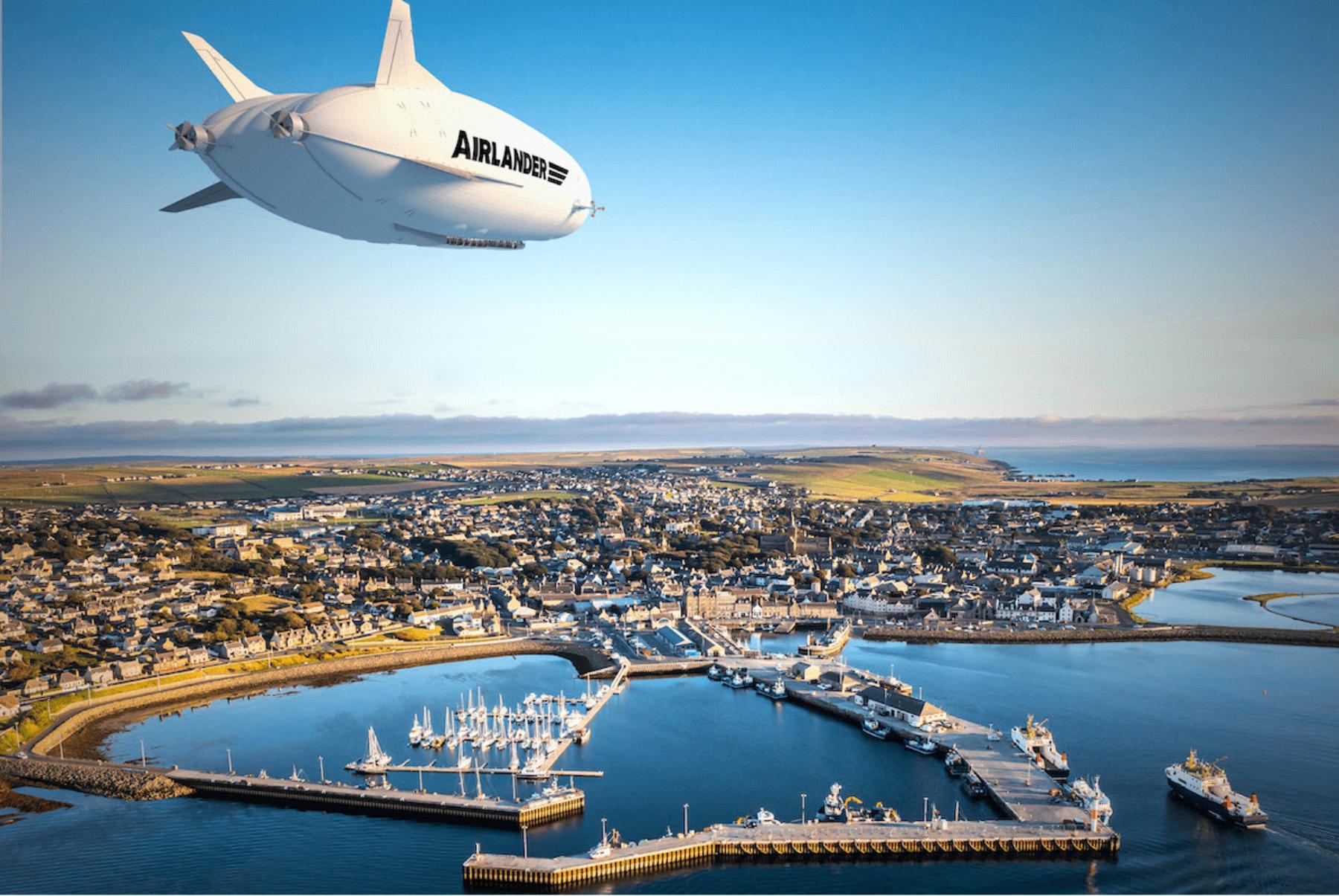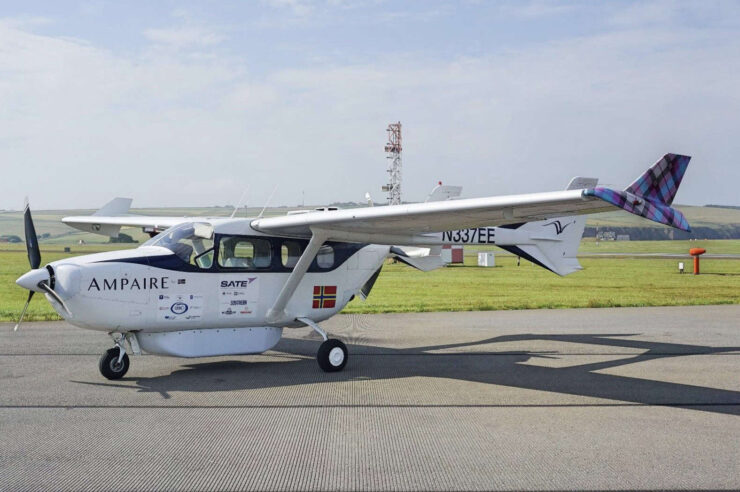The low-carbon future of aviation could be powered by a relic from its past. The blimps are back. Who’s on board?
For most holidaymakers, the ‘airplane mode’ setting on our phones is an apt metaphor for the current experience of air travel. We check in, switch off and come back to life once we’re back on the tarmac, all while pumping plumes of planet-warming carbon dioxide into the atmosphere.
But now a handful of enterprising companies want to rethink this modern approach to flying, using what many would consider a relic from aviation’s history: the airship. For a trade-off in travel speed, these companies claim zephyr-style aircrafts offer a greener, more pleasant form of air transport, utilising technology that is already available.
With eco-friendly jetliners still decades away, could embracing slow air travel help reduce aircraft emissions in the coming years?
At present, the commercial aviation industry is responsible for approximately 2.5 per cent of global CO2 emissions (that’s more than double the amount produced annually by the UK). In an increasingly eco-conscious world, which has given rise to movements like flygskam (‘flight shame’), the sector is facing huge pressure from consumers and governing bodies to become more climate-friendly.
This pressure has culminated in major airlines, including Air Canada, easyJet, and United Airlines, investing big money in what many see as the golden goose of future air travel: electric aircrafts. Planes that run either on battery (or hydrogen) cell technology and don’t pollute. There are, however, some weighty issues involved.
“To put it simply, batteries are really, really heavy,” says Jayant Mukhopadhaya of the International Council on Clean Transportation, an independent non-profit that advises on environmental policy. “This is not ideal when you’re talking about something that has to get off the ground.”
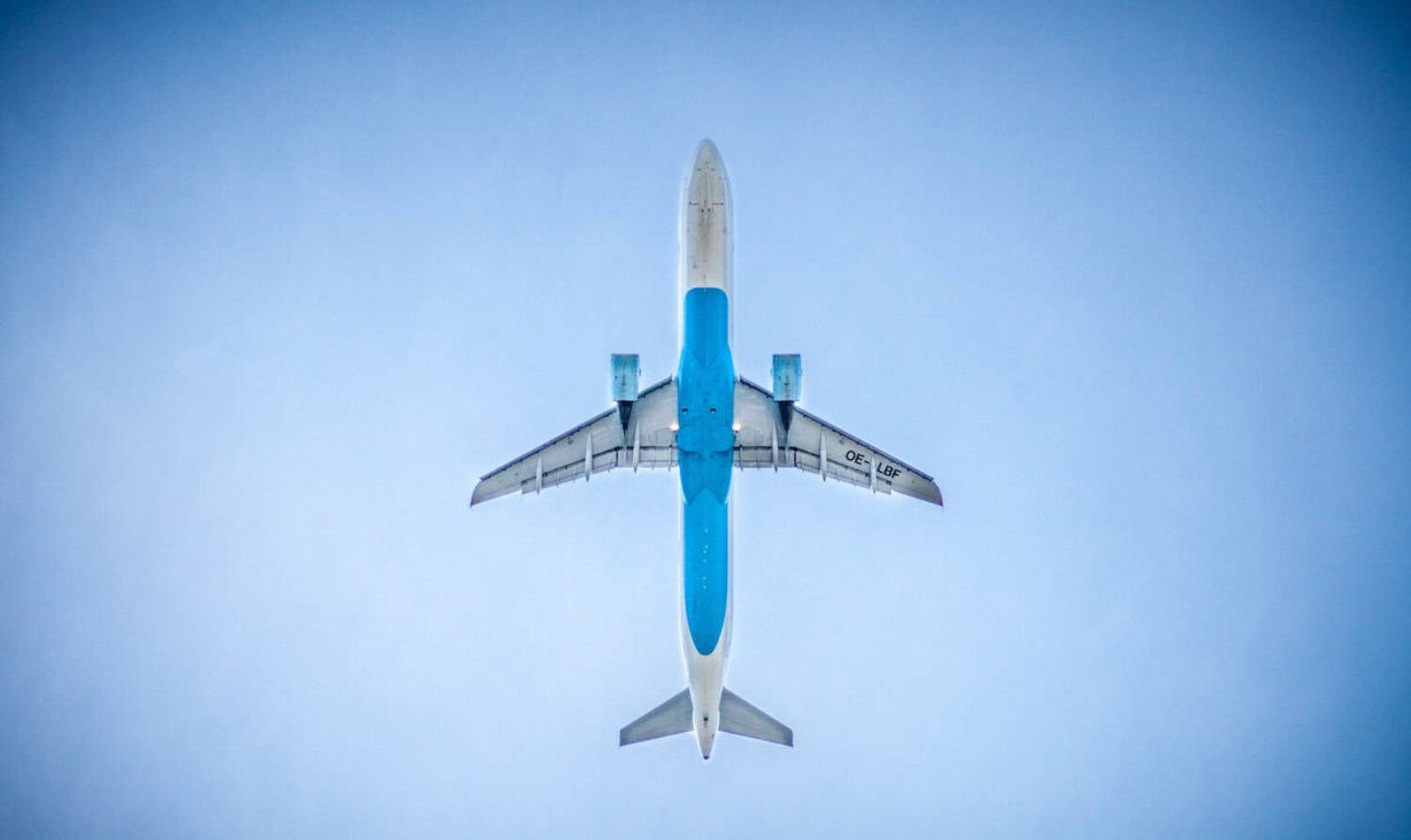
The aviation sector is one of the hardest to decarbonise. Image: Deniz Altindas
Alongside weight, today’s lithium-ion batteries simply don’t have enough juice to power modern aircrafts over long distances. Hydrogen cell technology, meanwhile, is hampered by the need for significant storage space, and both concepts face another potentially sizable safety hurdle (powerful batteries and liquid hydrogen both pose fire risks).
However, the envelope is continually being pushed. In 2020, the largest all-electric aeroplane (the 14-seater NAME propeller plane) undertook a successful test flight. Even in the last few months, Imperial College London has showcased a newly developed construction material that can also store electrical energy, which could aid in offsetting battery weight in future planes.
“The good news is most experts are sure we’ll get there,” says Mukhopadhaya, “But we could be talking decades if not longer until the technology is ready for the type of cross-continent flights we’ve become accustomed to.”
History propelling the future
For all the excited chatter of futuristic fuel cells and cutting-edge electrical materials, it’s fun to consider that the shorter-term solution to our green flight problem could come from a piece of aviation history.
The first recorded airship to have successfully flown was built by Frenchman Henri Giffard. Giffard combined a steam engine with a propeller and a huge sack of hydrogen, and lifted off into the skies above Paris in 1852.
A little over 50 years later, an evolved version of Giffard’s craft became the centre of the world’s first commercial airline, created by the Zeppelin Corporation. Zeppelins, as the airships were named, were used to ferry passengers around the globe until 1937, when the hydrogen-powered Hindenburg airship (which had previously made 36 successful transatlantic crossings) burst into flames while landing in New Jersey. With public trust in airships torched, fixed wing aeroplanes moved in to take the commercial flight mantle.
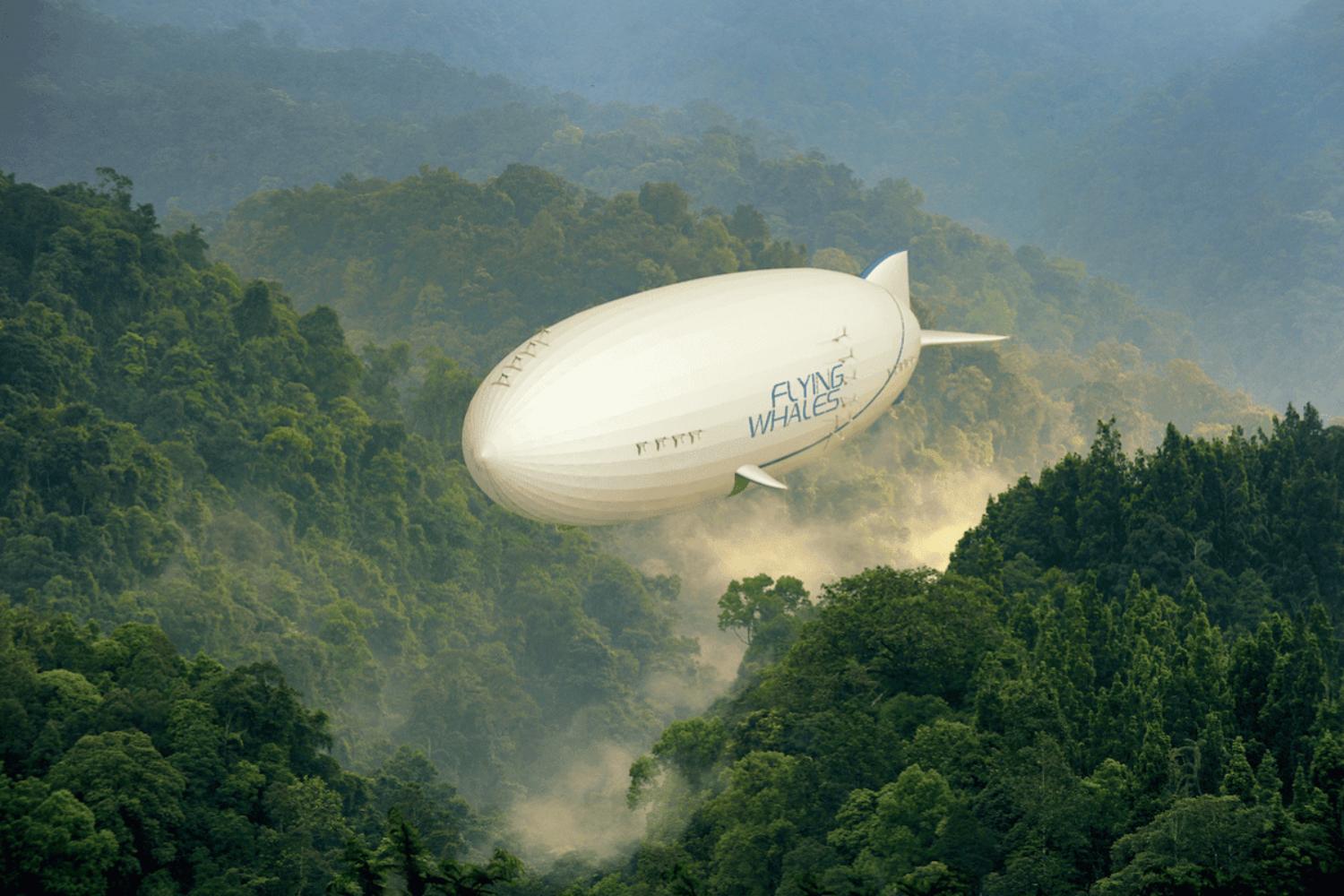
A handful of airship companies are taking to the skies. Image: Flying Whales
But with conventional air travel feeling increasingly out of step with modern tastes, a handful of airship companies have risen to the fore. These include LTA Research, backed by Google co-founder Sergey Brin, and Flying Whales, which has received funding from the French government.
Leading the charge, however, is the UK-based Hybrid Air Vehicles (HAV), and its flagship Airlander 10, a huge, aircraft that’s been a decade in the making and comes with a clear sales pitch to climate-conscious travellers.
“While the aviation industry focuses on trying to decarbonise its smallest aircrafts, what we have is a product that will come into the market capable of carrying 100 people to their destinations with 75 per cent less emissions than a conventional flight,” explains Tom Grundy, CEO of HAV.
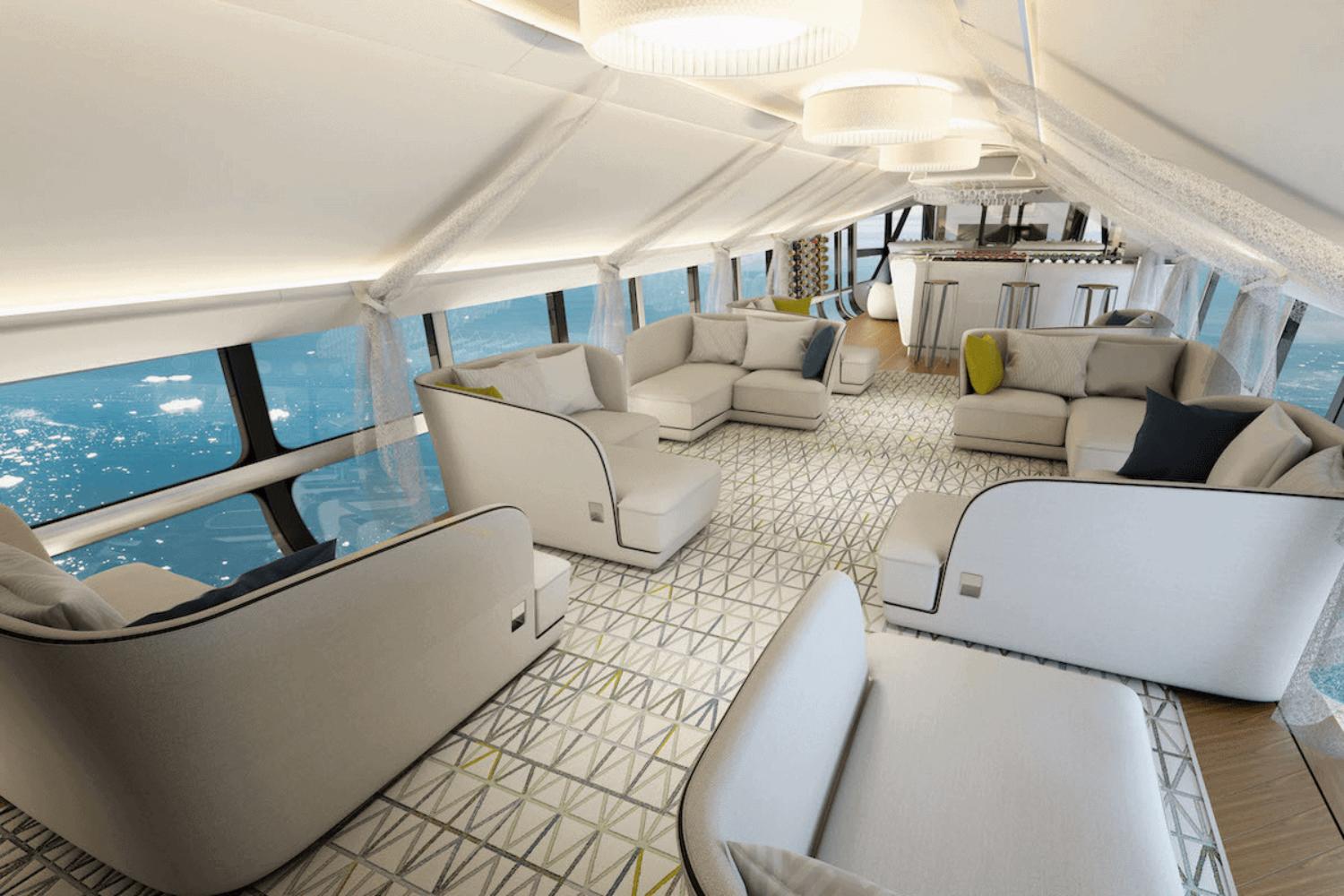
HAV's flagship aircraft promises a comfortable experience for passengers. Image: HAV
A cross between a blimp and a plane, Airlander uses a non-rigid inflatable hull filled with – non-flammable – helium to generate lift, and four ‘ultra-efficient’ combustion engines to manoeuvre. With a top speed of 80mph (130kph), it’s significantly slower than a conventional jet, but potentially a lot comfier too, with the designs including floor to ceiling windows and space for passengers to freely move around. This luxury of space also carries an additional bonus.
“Our goal is to reach zero emissions,” says Grundy, “And because we don’t have major limitations with weight or space, the challenges with integrating batteries or hydrogen power – when that technology becomes available – are far reduced.”
The company is set to begin production from a Yorkshire-based site this year, and has secured its first orders from Spanish Airline, Air Nostrum. The team’s goal is to get the first Airlander into the skies by 2026.
The world’s open for us to rethink what we do by air
The company will start by targeting short-distance, regional transport routes, but Airlander’s versatility is what Grundy finds exciting, with freight transportation (as a low-carbon alternative to cargo planes) and humanitarian relief (Airlander does not require an airport to land) additional sectors the team are exploring.
“If you look at the different forms of transport that we’ve got today, you’ve got ultra-fast planes and then you’ve got everything else that goes over the surface,” says Grundy. “So, what happens when you put a new form of connection in the market? The world’s open for us to rethink what we do by air.”
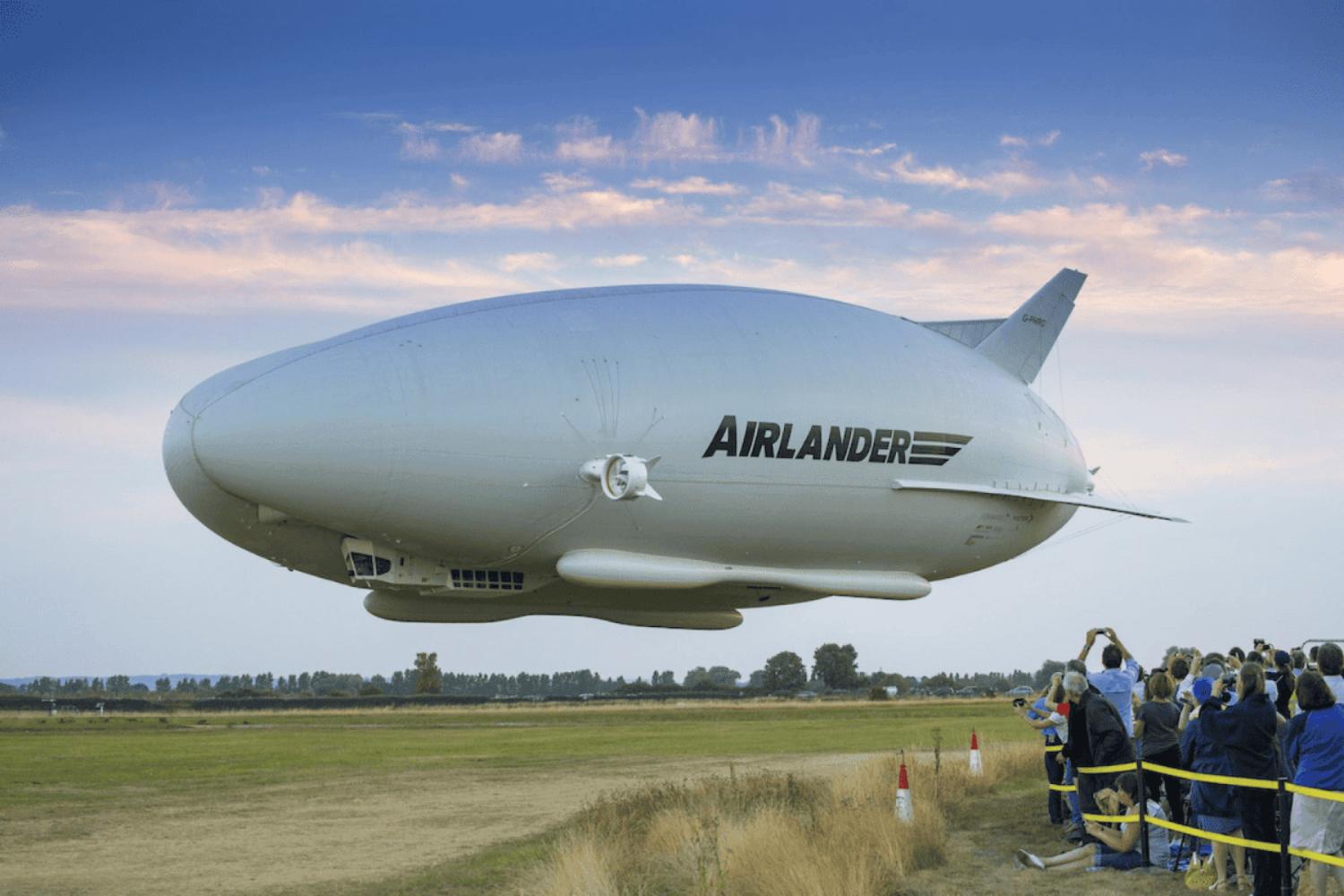
Air Nostrum, a Spanish airline, already has Airlanders on order. Image: HAV
Cruising the skies
There is, however, one issue that could prove a frustrating snag in any budding airship renaissance.
While airships tend to burn much less kerosene than planes, almost all are filled with helium, a finite resource that is already coveted by the medical and tech industry to produce things like MRI scanners and fibre-optic cables.
Not only is it rare, but helium can only be found beneath the Earth’s surface, mixed with natural gas, meaning drilling is required to reach it. Currently it is sourced as a profitable by-product in natural gas production, a fossil fuel industry.
However, dozens of companies have already begun the hunt for so-called ‘green helium’. These are gas deposits where helium is naturally mixed with nitrogen, meaning no carbon is released into the atmosphere when collecting it. This could provide a solution to the planet’s helium needs in the long term, but so far no such deposits have been successfully tapped.
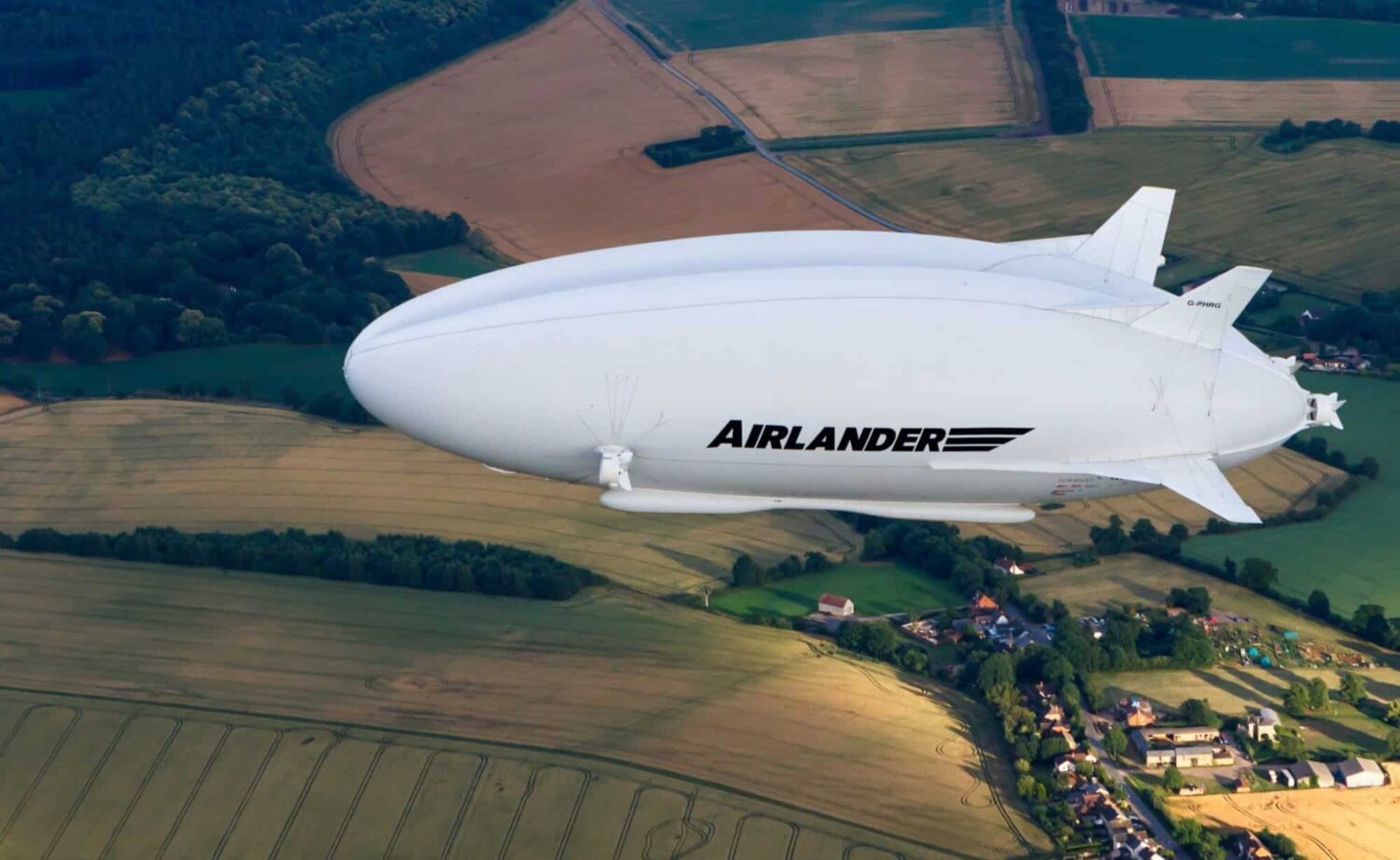
Airships' reliance on helium poses a significant challenge. Image: HAV
Though helium is invariably a core component in airship travel, companies like HAV are quick to note that the helium in their crafts can be continually reused, with only around 15 per cent needing to be replenished annually following initial inflation. As a result, HAV claims that running a fleet of 600 hybrid aircraft would only account for one per cent of the planet’s annual helium consumption.
With current helium reserves set to last at least 50 years, Jayant Mukhopadhaya believes a more imminent challenge for airships could be convincing passengers to opt for a slower form of aircraft.
“Aeroplanes are popular because they’re fast,” he says, “So a major mindset change would be required for those kinds of slower transport modes to gain traction again.”
I can see travellers taking an airship instead of a flight if they can work remotely on the airship
Ironically, it could be lifestyle changes that came about because of the pandemic – which wreaked havoc on the aviation industry – that bolsters the appeal of airship travel to the public.
“I could see environmentally conscious travellers choosing to take an airship instead of a flight if they can work remotely, in comfort, on the airship,” says Mukhopadhaya. “Then maybe they don’t lose vacation days in transit. This is my personal dream.”
Low-emissions flying with room to breathe? Perhaps it’s time to switch to ‘aircraft mode’.
Main image: Flying Whale
Help us break the bad news bias
Positive News is helping more people than ever to get a balanced and uplifting view of the world. While the doom and gloom of other news outlets becomes overwhelming, instead we’re here to support your wellbeing and empower you to make a difference towards a better future. And as Positive News’ audience and impact grows, we’re showing the rest of the media that good news matters.
But our solutions journalism has a cost and, as an independent, not-for-profit media organisation, we rely on the financial backing of our readers. If you value what we do and can afford to, please consider making a one-off or regular contribution as a Positive News supporter. From as little as £1 per month, you’ll be directly funding the production and sharing of our stories – helping them to benefit many more people.
Join our community today, and together, we’ll change the news for good.
